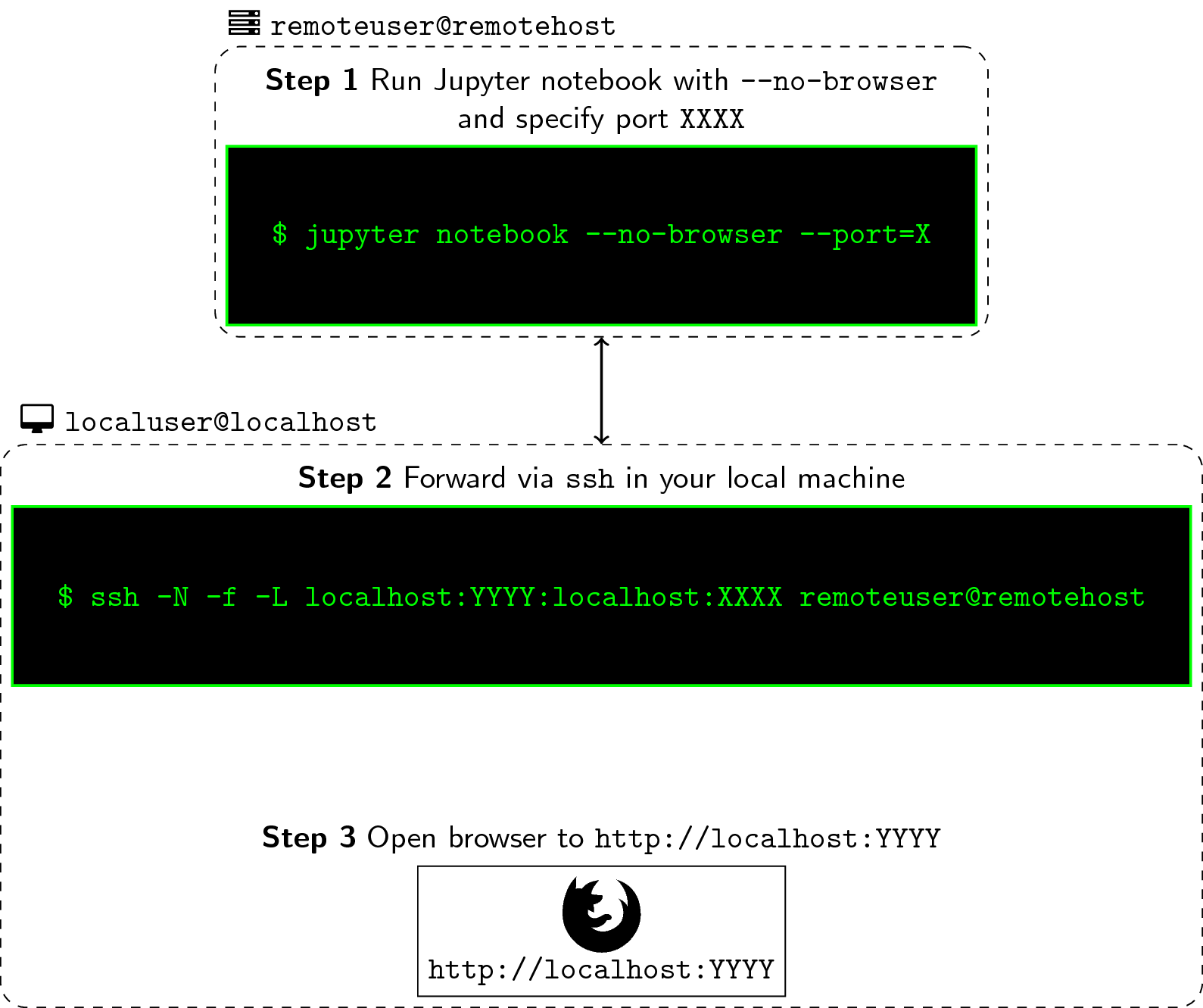Your SSH client will tell the server to forward a specific port—say, port 1234—on the SSH server to a specific address and port on your current PC or local network. When someone accesses the port 1234 on the SSH server, that traffic will automatically be “tunneled” over the SSH connection. By default, an SSH listens on port 22, so it is good to change the default SSH port for adding extra security to the server by decreasing the automated attack’s risk. So in this post, we will cover the complete details on How to change the SSH port on Centos 6, 7, and 8 quickly (The procedure of CentOS 6 is also valid on CentOS 5). By default, SSH runs on port 22. A port is simply a communication endpoint where a process is routed once it arrives on a server. To connect through SSH, a user requires the port number (e.g. 22 in this case) and a public IP address of the server alongside a username and a password. The default port for SSH on Linux systems is 22. There are a few reasons why you may want to change this to some other number. If multiple servers share the same IP address (behind a NAT configuration, for example) you usually can't have them running SSH on the same port and expect to access them from outside the network.
Ssh Server Port

SSH server by default listens to port 22 and you don't have to manually specify the port number on your SSH client if you're connecting to the default port.
You'll have to manually specify the port number when you're connecting to non-standard SSH ports using the -p option or by adding the port information in your SSH client's configuration file. Processing cheat sheet.
Steps to connect to SSH server on ports other than 22:
Ssh Server Port Forwarding
- Check the port that the SSH server runs on.
Related: How to change SSH server port
Related: How to run SSH server on multiple ports - Test if the port that the SSH server listens to is reachable from the client host.
- Specify port to connect to using -p option.
- Add port configuration to SSH client configuration file for persistence.
- Connect again using SSH client with just the Host name without having to provide port number as parameter.
Cloud architect by profession but always consider himself as a developer, entrepreneur and an opensource enthusiast.
Ssrs 2014 New Features
Discuss the article:Ssh Server Portable
Mustang 2041 skid steer service manual. Comment anonymously. Login not required.
